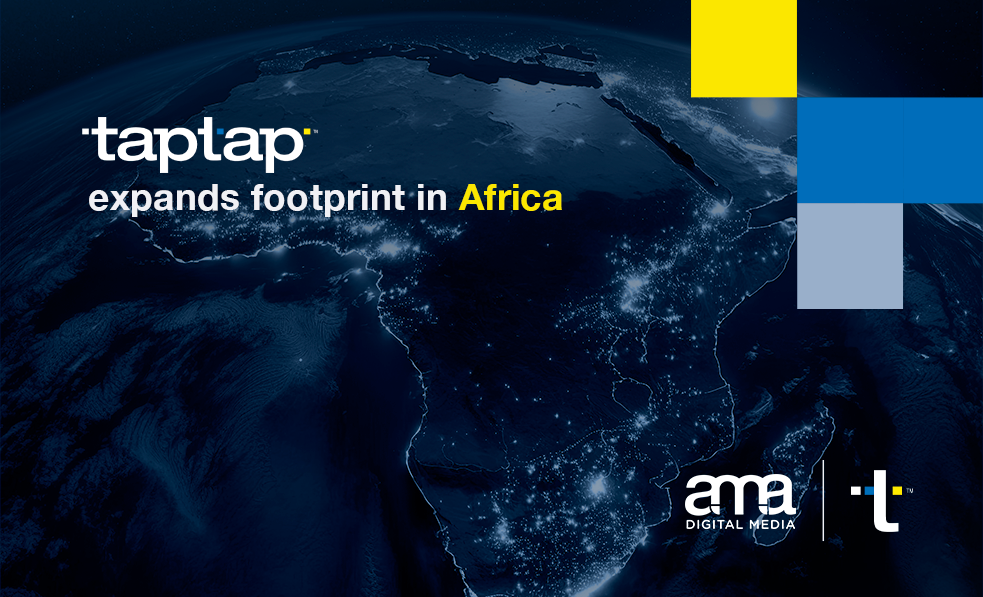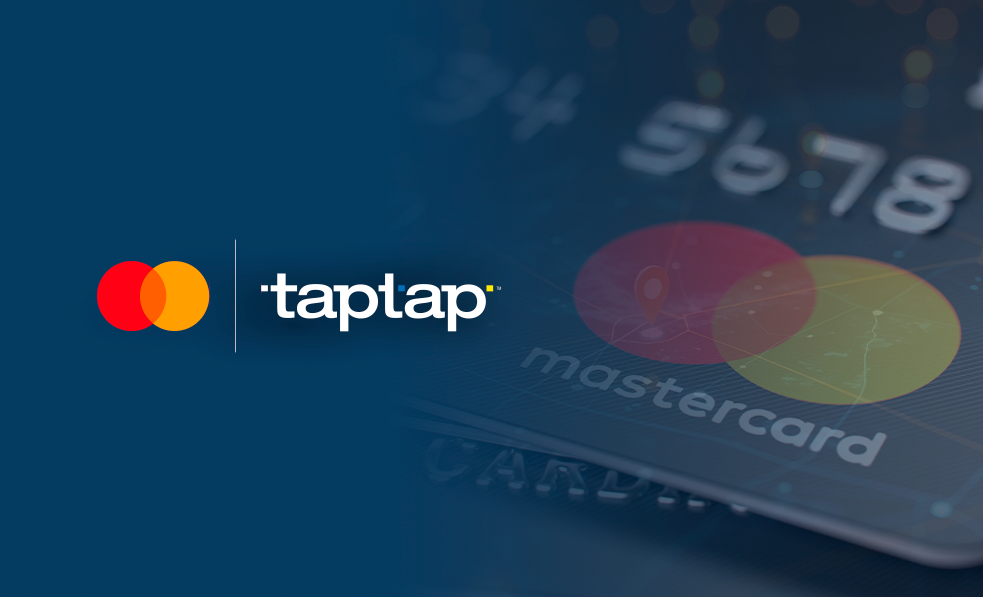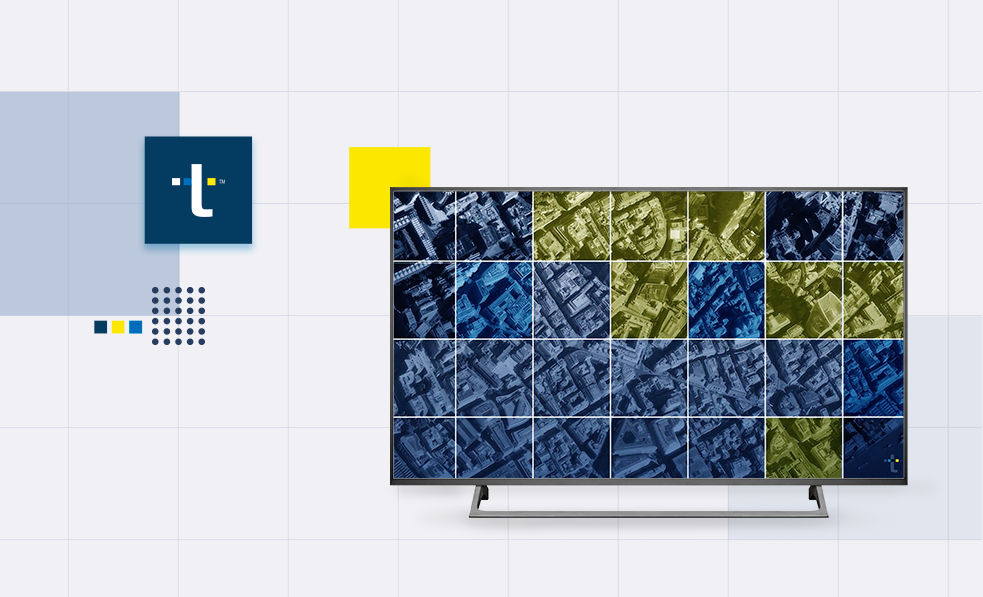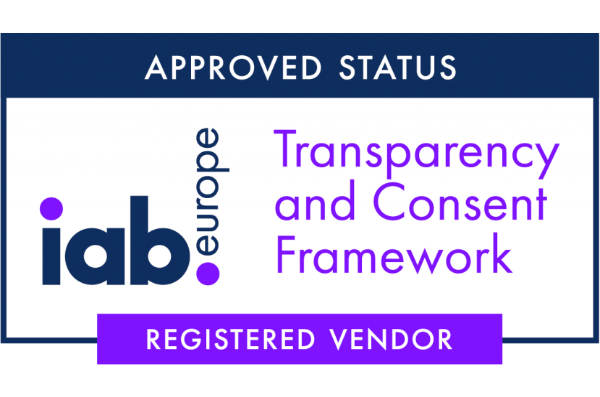For major Spanish publishing groups, this crisis has reached fever pitch, in the context of a general recession. In other countries hit less hard by the recession – or which reacted in time – a great many publishing groups are also suffering due to the lifestyle changes associated with the use of mobiles and tablets. Though the Spanish crisis has worsened the situation, this change in consumer behaviour is a reality present across the developed world. Looking at these statistics, you can see the exodus of readers towards the digital world across several American media.
The New York Times has managed to convert more readers to digital than any other newspaper. Given this trend, there is no doubt as to where people will read the news in the near future. At TAPTAP, we believe that all content generators should see this tide change in the world of of journalism as an opportunity. Content remains the must-have raw material for media consumerism. Now more than ever, the quality of content is what sets it apart from the rest. In this new world of journalism there are many and varied content formats with publishing platforms that vary in their degree of sophistication.
There are also a great many – and ever more – bloggers with their own tools for the publication, retail and measurement of unionized content. The issue at hand is that, given this deluge of easily available digital information, the quality of content becomes key. For this reason, we believe that quality content – the long-form, researched pieces of yesteryear – is the key differentiating factor that only a few major groups can afford. This emphasis on quality automatically leads to a rise in influence among major newspapers and their in-house journalists, which can be boosted even further through judicious use of social tools. The social media and bloggers that help to broadcast content as well as user comments open a space for social dialogue of previously unthinkable scope. Having constantly been in touch with major publishing groups for years, we see clear opportunities for the consumer access to journalistic information through digital means and more specifically via smartphones and tablets.
The opportunities begin with the content itself, but the success of journalism is not measured by its readership alone. It is now also measured in terms of collaboration and influence. A journalist’s collaboration with his/her readership is essential to secure the influence of the former and the loyalty of the latter. At the same time, the content must be carried and broadcast on a platform suited to the mobile and social media in order to reach its full potential, thus serving to optimise collaboration and influence. There remains no option but to adapt to survive, and prepare for a new world where mobile and social media are here to stay. Here in TAPTAP'S newscover unit, we focus on consumer access to information using smartphones and tablets. We look at the specific forms that this consumerism takes, the times at which it occurs and the different formats it adopts with regard to traditional communication media. Keeping in mind that the internet is already seen as a “traditional” channel for journalism.
Our goal is to fully understand the unique qualities of consumer access to published content via mobile media in order to offer technologies aiming to win the loyalty of an ever more cautious user. For example, is there any point in having an article available for both a Smartphone user and an online reader? To be perfectly honest, there isn’t. Mobile media sessions rarely last more than 2 minutes. By contrast, the average online session is more than double this.
The difference lies in the context. The vast majority of publishing groups do not currently offer context-adapted content to their readers based on the time, place and format of consumer access. It’s one format for all, like it or not. The long-form mentioned earlier needs to be adapted such that it attracts, potentiates and maximises collaboration and influence exerted on the readership by the media source in question. Along these lines, in March Yahoo! announced its purchase of Summly for 30 million dollars. In addition to supplying news, the application summarises it (a feature no longer available since its purchase by Yahoo!). Though some remain sceptical about this buy-out, the truth is that we need a service like Summly in a world where mobile media are laying down new challenges for publishers. Yahoo’s Marissa Meyer realised this, but it is just the tip of the iceberg in a world where loyalty doesn’t come cheap and where content is king, but context is queen.

















